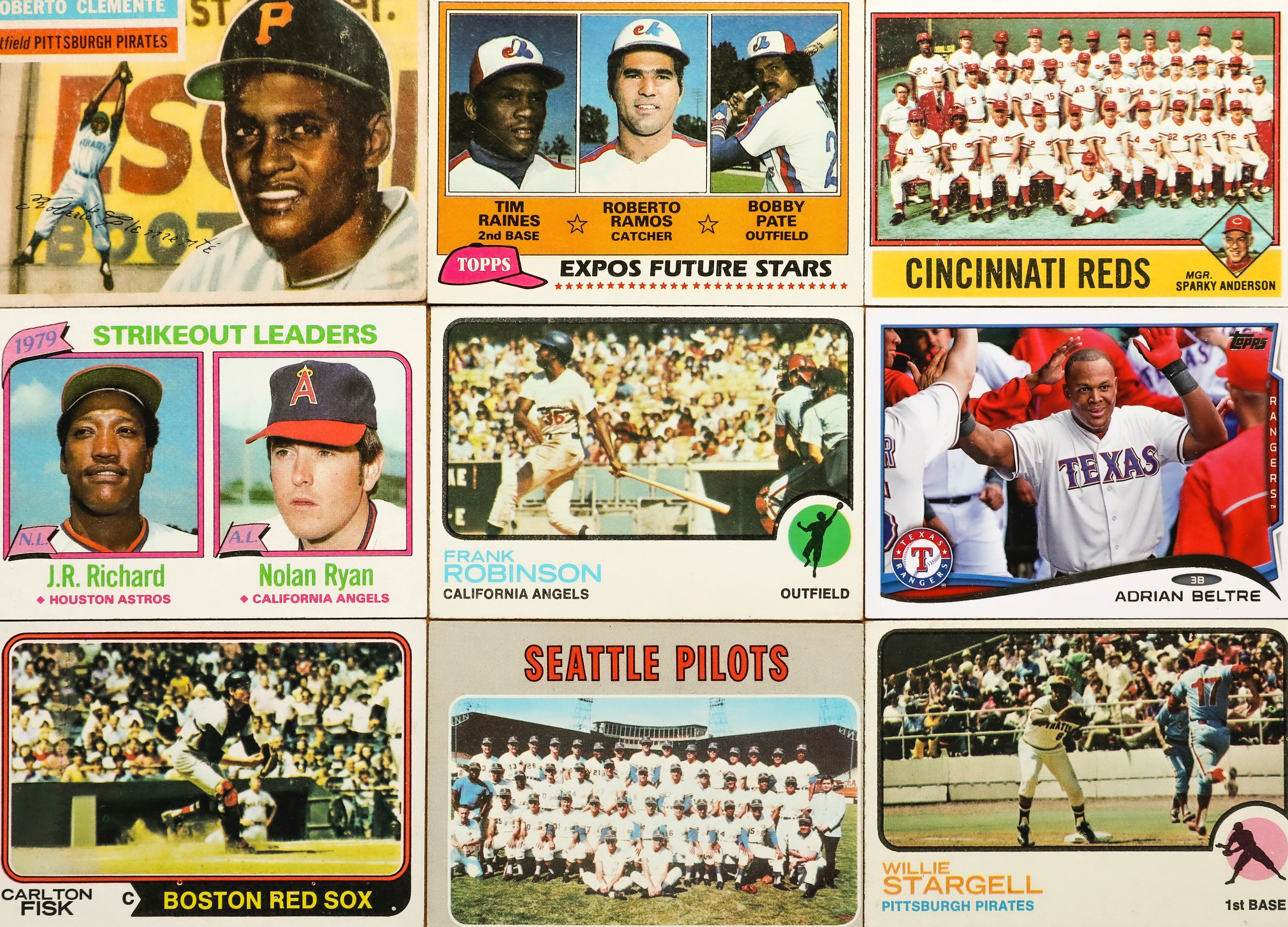Every salesperson wants to win now and increase sales. But what are the chances that you will actually reach your prospect when they have a problem they want to fix?
In this blog, we will discuss how to best position yourself with your prospect so you are top of mind, even when it means sitting at 2nd place.

As a sales training and coaching company, Anthony Cole Training Group is always hired…no matter the industry…for the same reason which is to increase sales. Every salesperson wants to win. Every salesperson wants to win now and increase sales. No doubt the instant gratification world that we live in has contributed to this reality. Amazon has made it abundantly clear that there is really no need to wait for anything.
But for salespeople, patience is more than just a virtue. It is a requirement. Think about all the sales activities that a salesperson must execute in their sales process. They make outreaches in order to schedule appointments. They go on appointments to find opportunities. They do the work necessary to make those opportunities lead to proposals. They position their value to win their fair share of deals from those proposals.
I don’t know about you, but to me, there are a lot of stars (and a lot of sales activities) that must line up just right in order to win a deal. What are the chances that you will reach out at just the right time, i.e., when the prospect has a problem that they are thinking about fixing?
For that reason, while everybody wants to be #1 it is my belief that is ok to be #2…while you continue to build your relationship with your prospect. I have previously blogged about pull-through rate – which is defined as the percentage of first-time new business appointments that wind up becoming your client. For most of our clients that number runs around 15%. That means it is much more likely than not that you are not going to find the stars aligned on that first appointment. Maybe the prospect does not have a problem. Maybe they do have a problem, but the timing isn’t right.
When you create your pre-call plan, don’t forget to plan what you are going to do if the stars don’t align. How will you leave the appointment with the door open to future relationship-building activities? My suggestion is to ask your prospect to think about who they would call in the future if they did need to make a change. Who has earned first call status? Tell your prospect that you would like the chance to work your way onto that list.
There is nothing wrong with being #2. Think about what sales activities you can be doing until you get to #1.






